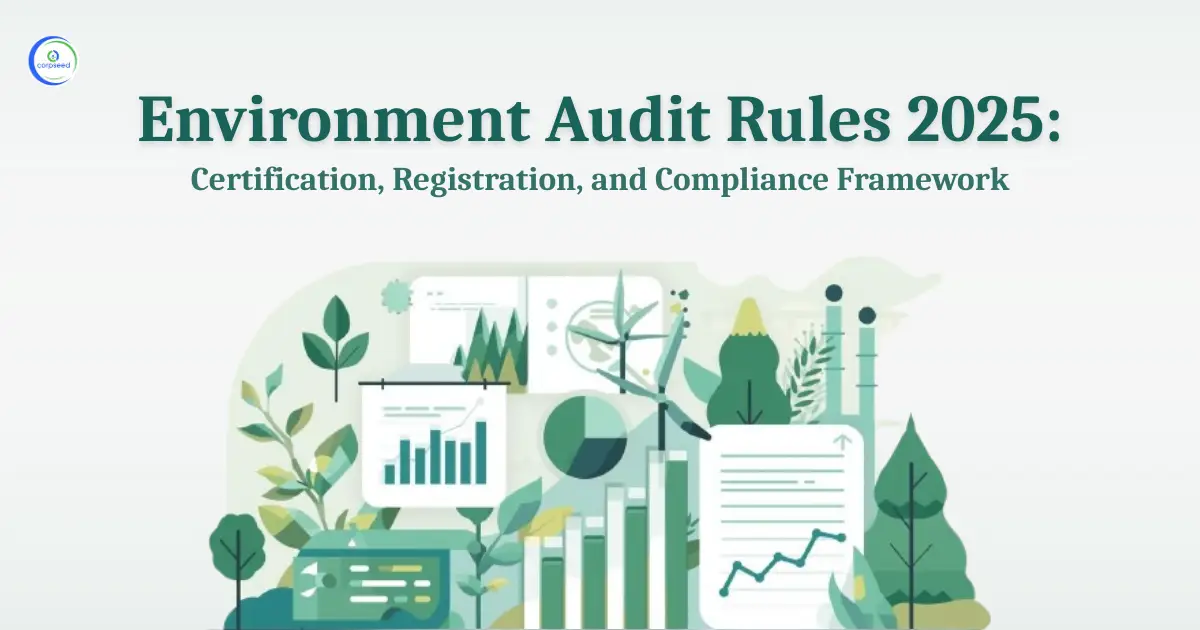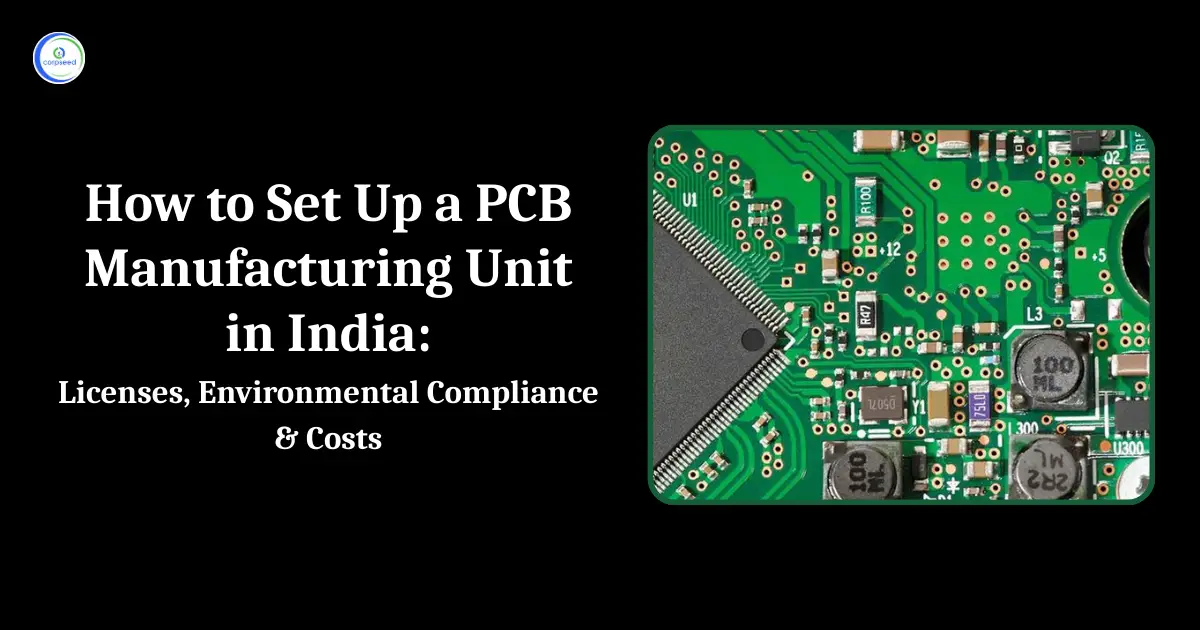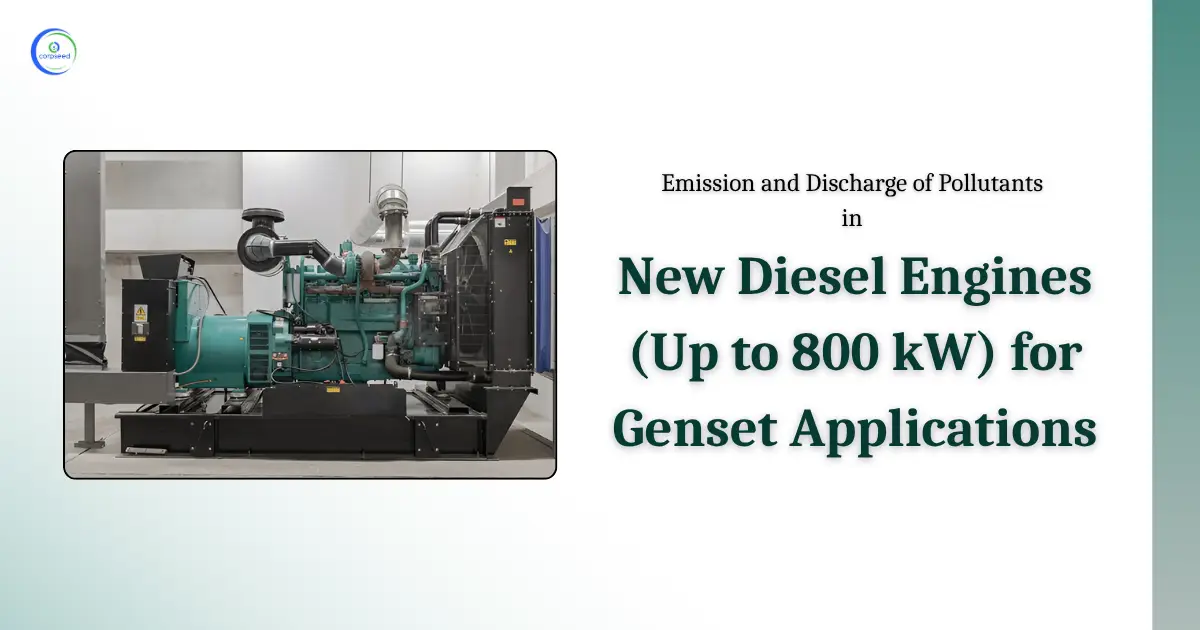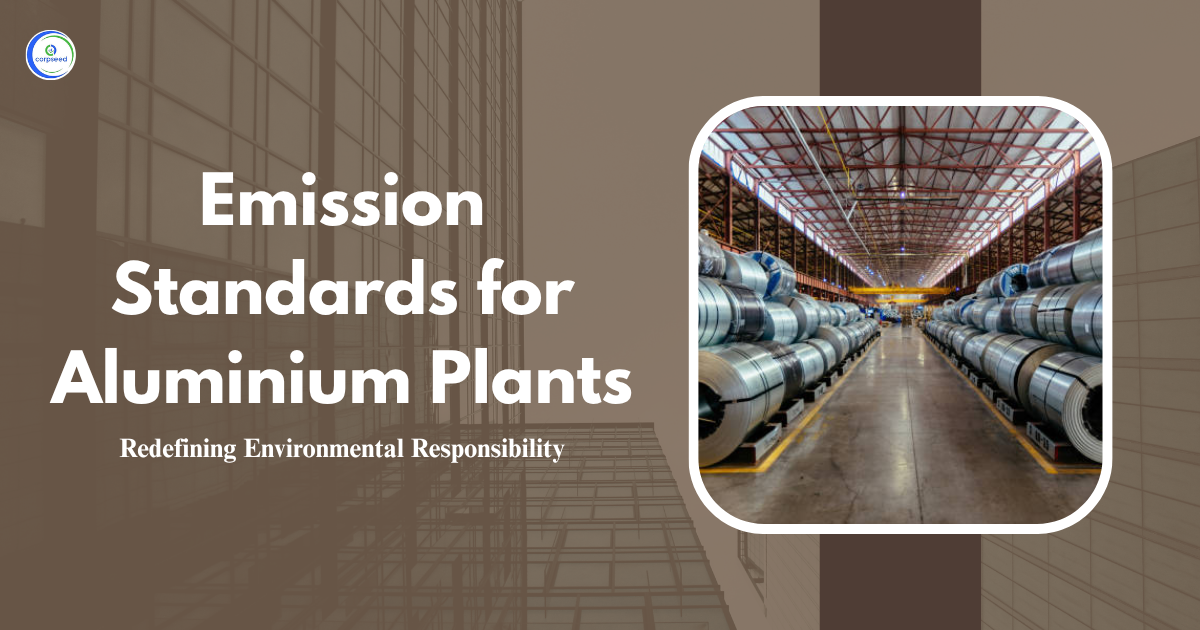Sulphuric acid plants play a vital role in various industrial sectors, but they also contribute significantly to air pollution if not properly controlled. Emissions from these plants mainly include sulphur dioxide (SO2) and acid mist, which can harm human health and the environment. To address these concerns, the Government of India has set strict environmental standards under the Environment (Protection) Act, 1986. These rules specify limits for SO2 and acid mist emissions, stack height requirements, and load-based emission controls.
Table of Contents
--------------Blog Contact Form-------------
Why Regulate Emissions from Sulphuric Acid Plants?
Sulphuric acid plant emissions, SO2 emission standards, Acid mist limits, Sulphur dioxide norms, Emission rules India, Pollution control sulphuric acid, Environment protection emission, Industrial emission standards, Stack height SO2, Sulphuric acid pollution limits Sulphuric acid plants release harmful pollutants like sulphur dioxide (SO2) and acid mist, which pose serious risks to human health and the environment. SO2 contributes to respiratory problems and acts as a key cause of acid rain, which deteriorates soil and water quality. Acid mist, on the other hand, can corrode buildings and damage natural ecosystems.
Regulating emissions from these plants is essential to minimize air pollution and safeguard public health. Enforcing strict emission standards encourages industries to install effective pollution control technologies, thereby reducing their environmental footprint. Additionally, meeting these standards is crucial for industries to comply with the Central Pollution Control Board (CPCB) and State Pollution Control Boards (SPCB) regulations, ensuring they retain environmental clearance and maintain lawful operations. Overall, controlling emissions from sulphuric acid plants aligns with India’s broader goals of sustainable industrial development and improved air quality. Key reasons to regulate emissions from sulphuric acid plants include:
- Reduces respiratory illnesses caused by SO2 and acid mist exposure
- Prevents acid rain and protects soil and water from pollution
- Limits corrosion damage to infrastructure and equipment
- Ensures industries comply with CPCB and SPCB emission rules
- Encourages adoption of pollution control technologies and cleaner production
- Supports national efforts to improve air quality and public health
The Legal Framework
The Environment (Protection) Act, 1986 empowers the Central Government to set emission standards for industrial pollutants. Under this act, the Environment (Protection) Rules, 1986 were framed and have been amended over time to include specific standards for sulphuric acid plants. The third amendment in 2008 introduced updated emission standards and operational requirements. These rules are enforced by CPCB and SPCBs, which monitor compliance through regular inspections and pollution audits. Industries must meet these norms to obtain environmental clearance and maintain their environmental compliance certificates. The rules mandate online monitoring devices such as pH meters for scrubbing units and specify stack height formulas to ensure effective dispersion of pollutants.
Emission Standards for Sulphuric Acid Plants
The emission standards for sulphuric acid plants focus on limiting the concentration of sulphur dioxide (SO2) and acid mist released into the atmosphere. These limits vary depending on the plant's production capacity and whether the unit is existing or new.
| S.No. | Industry | Parameter | Standards | |||
| 23 | Sulphuric Acid Plant | Limiting concentration in mg/Nm3, unless stated | ||||
| Plant capacity for 100% concentration of Sulphuric Acid (tonne/day) | Existing Unit | New Unit | ||||
| Acid Mist/Sulphur | Above | 300 | 1370 | 1250 | ||
| Up to | 300 | 1250 | 950 | |||
| Trioxide | Above | 300 | 90 | 70 | ||
| Sulphur dioxide (SO2) | Up to | 300 | 70 | 50 | ||
Notes:
- Scrubbing units must be equipped with online pH meters that have automatic recording capabilities.
- The stack releasing sulphur dioxide or acid mist should have a minimum height of 30 meters or be calculated using the formula, whichever is greater. Here, H represents the stack height in meters, and Q is the maximum expected SO2 emission at 110% of the plant’s rated capacity, calculated according to gaseous emission standards.
H=14×Q0.3H = 14 \times Q^{0.3}H=14×Q0.3
- For plants with multiple streams or units of sulphuric acid at the same site, the total combined capacity of all units must be considered when determining the stack height and applicable emission standards.
- If a plant has a separate stack for emissions from the scrubbing unit, the height of this stack should be the same as that of the main stack.
Load/Mass-Based Standards for Emission Control
In addition to concentration-based limits, load or mass-based standards control the amount of SO2 emitted per tonne of sulphuric acid produced. This approach helps industries reduce total pollutant loads, encouraging cleaner production techniques.
| S.No. | Industry | Parmeter | Standard | ||
| 23 | Sulphuric Acid Plant | Quantum Limit in kg/tonne | |||
| Plant capacity for 100% concentration of Sulphuric Acid (tonne/day) | Existing Unit | New Unit | |||
| Sulphur dioxide (SO2) | Up to 300 | 2.5 | 2.0 | ||
| Above 300 | 2.0 | 1.5 | |||
These standards ensure continuous improvement in pollution control by linking emissions to production levels, promoting more efficient and environmentally friendly operations.
Conclusion
Sulphuric acid plant emissions contribute significantly to environmental pollution if not properly regulated. The Government of India has established clear SO2 emission standards, acid mist limits, and stack height requirements to reduce pollution from these industrial sources. Compliance with these emission rules and environmental clearance procedures is mandatory under the Environment (Protection) Act, 1986. Adhering to these standards, helps protect air quality, public health, and ecosystems while enabling industries to maintain environmental compliance and sustainable growth. Pollution control measures such as scrubbing units with online monitoring and strict enforcement by CPCB and SPCBs are critical in managing sulphuric acid pollution limits effectively.
This portion of the site is for informational purposes only. The content is not legal advice. The statements and opinions are the expression of author, not corpseed, and have not been evaluated by corpseed for accuracy, completeness, or changes in the law.
BOOK A FREE CONSULTATION
Get help from an experienced legal adviser. Schedule your consultation at a time that works for you and it's absolutely FREE.







_Corpseed.webp)
.webp)
